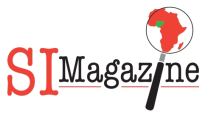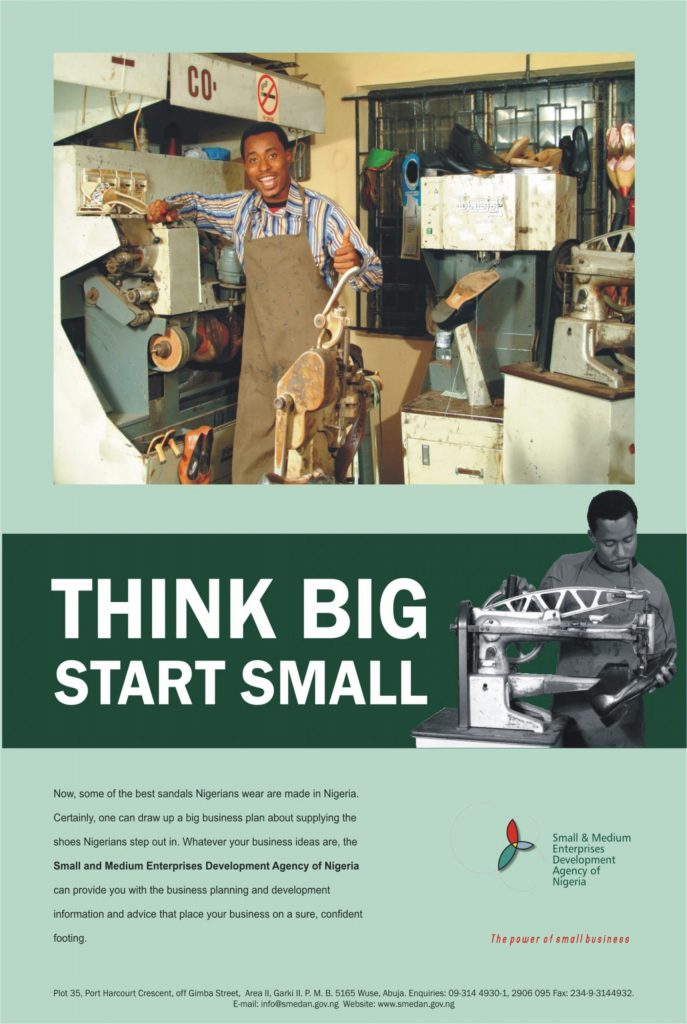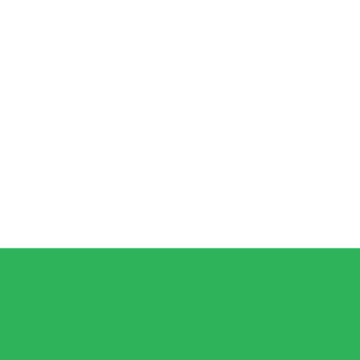In a recent analysis of data provided by oil marketers and industry insiders, it has been projected that the Federal Government of Nigeria is likely to allocate approximately N1.68 trillion towards subsidizing Premium Motor Spirit (PMS), commonly referred to as petrol, between September and December of this year.
PMS dealers revealed on Thursday that, considering the depreciation of the Naira against the United States dollar and the surging international crude oil prices, the ideal pump price for petrol should fall in the range of N890 to N900 per liter. Presently, petrol is being retailed between N598 and N617 per liter, varying by location, leading to suspicions that the commodity is indeed being subsidized by the Federal Government.
It’s noteworthy that both the government and the Nigerian National Petroleum Company Limited (NNPCL) have not officially acknowledged the reintroduction of the petrol subsidy. President Bola Tinubu had announced the end of the subsidy regime during his inaugural address on May 29.
The Nigerian government administers the PMS subsidy through the NNPCL, which serves as the sole importer of PMS, as other marketers halted their imports due to challenges in accessing foreign exchange.
The removal of the subsidy earlier this year resulted in a significant increase in the pump price of petrol, soaring from approximately N198 per liter in May to the current rate of N617 per liter. However, the continuous depreciation of the Naira and the escalating crude oil prices have continued to exert upward pressure on the cost of PMS.
Dealers in the downstream oil sector have explained that over 80 percent of the cost of PMS can be attributed to the cost of crude oil and the exchange rate between the Naira and the US dollar.
On Thursday, Brent crude, the global oil benchmark, reached around $95 per barrel, having previously peaked at $97 per barrel the day before, marking the highest figure for 2023. At the beginning of the year, oil prices were approximately $82 per barrel, dipped to $70 per barrel in June, and have recently been trading above $94 per barrel.
Additionally, on Thursday, The News reports gathered that the Naira continued its downward trend, trading at 980 Naira to the US dollar on the parallel market, whereas it had been at 950 Naira to the US dollar just a week prior. Conversely, on the FMDQ at the Investor & Exporter forex window, the Naira experienced a slight appreciation, closing at 770.71 Naira to the US dollar on Wednesday, up from 776.76 Naira to the US dollar on Tuesday.
Oil marketers have contended that the forex crisis and the recent surge in crude oil prices make it untenable for the petrol price to remain at N617 per liter, suggesting that the government has quietly reintroduced fuel subsidies.
A media report on Thursday indicated that in August 2023, the Federal Government disbursed N169.4 billion in subsidies. Citing a document from the Federal Account Allocation Committee, the report stated that the Nigerian Liquefied Natural Gas paid $275 million as dividends to Nigeria through the NNPCL. According to the report, NNPCL utilized $220 million (equivalent to N169.4 billion at the exchange rate of N770 per US dollar) out of the $275 million to cover the PMS subsidy for the review month.
“The continued depreciation of the Naira leaves no room for the government to maintain the petrol price at N617 per liter without subsidizing it,” emphasized Chief Chinedu Ukadike, the National Public Relations Officer of the Independent Petroleum Marketers Association of Nigeria, in an interview with The News reports on Thursday. He added, “The parallel market exchange rate is nearly N990 for the dollar, and you can see the impact of this on the retail price of diesel, which is nearly N1,000 per liter. Therefore, it would be prudent for the government to assist the masses by subsidizing petrol. Our records indicate that in the United States, gasoline, or petrol, is sold for around $3.9, which is approximately N3,000 per liter.”




